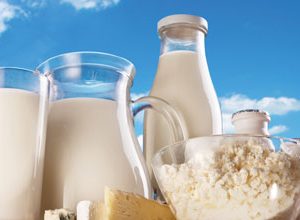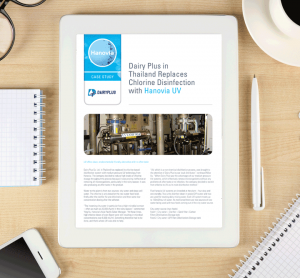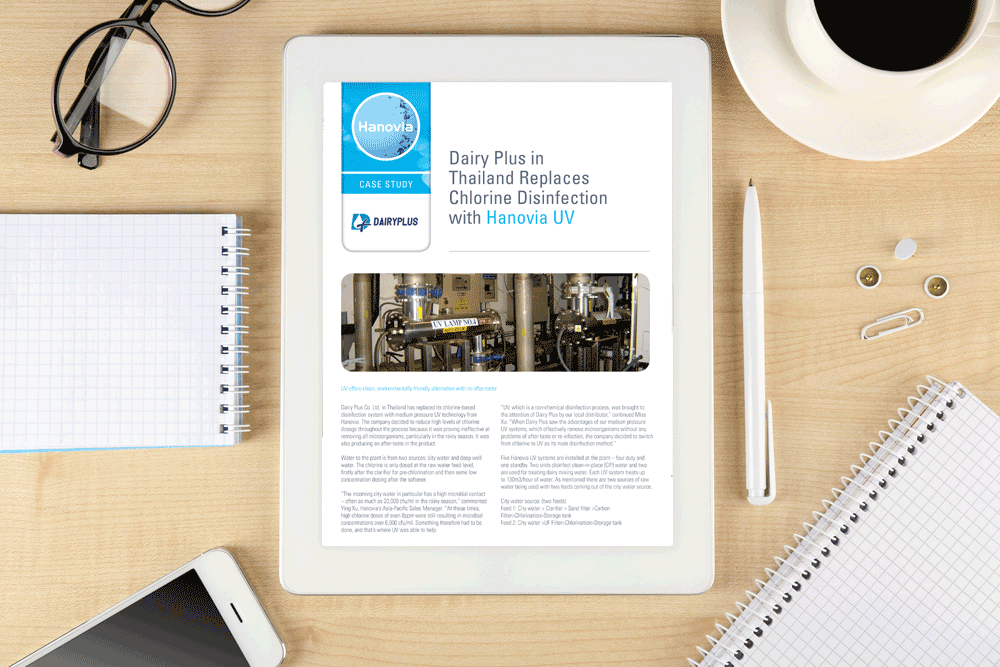article
1 May 2014 | By Jaap Evers, Chair / Aurelie Dubois, IDF / Sophie More, ISO TC34/SC5 / Steve Holroyd, Chair Analytical Methods for Composition / Christian Baumgartner, Chair Analytical Methods for Additives & Contaminants / Jackie Page, Chair Analytical Methods for Processing Aids & Indicators / Jerome Combrisson, Former Chair Analytical Methods for Dairy Microorganisms / Barbara Gerten, Chair Harmonisation of Microbiological Methods / Silvia Orlandini, Chair Statistics and Automation, IDF/ISO Methods Standards Steering Group
The International Dairy Federation (IDF) is a science-based, non-profit private sector organisation which represents the interests of various stakeholders in dairy (including dairy farmers, dairy processing industries, dairy suppliers, academics and governments/food control authorities) at the international level. IDF aims to identify, elaborate and disseminate best practice at the international…





















